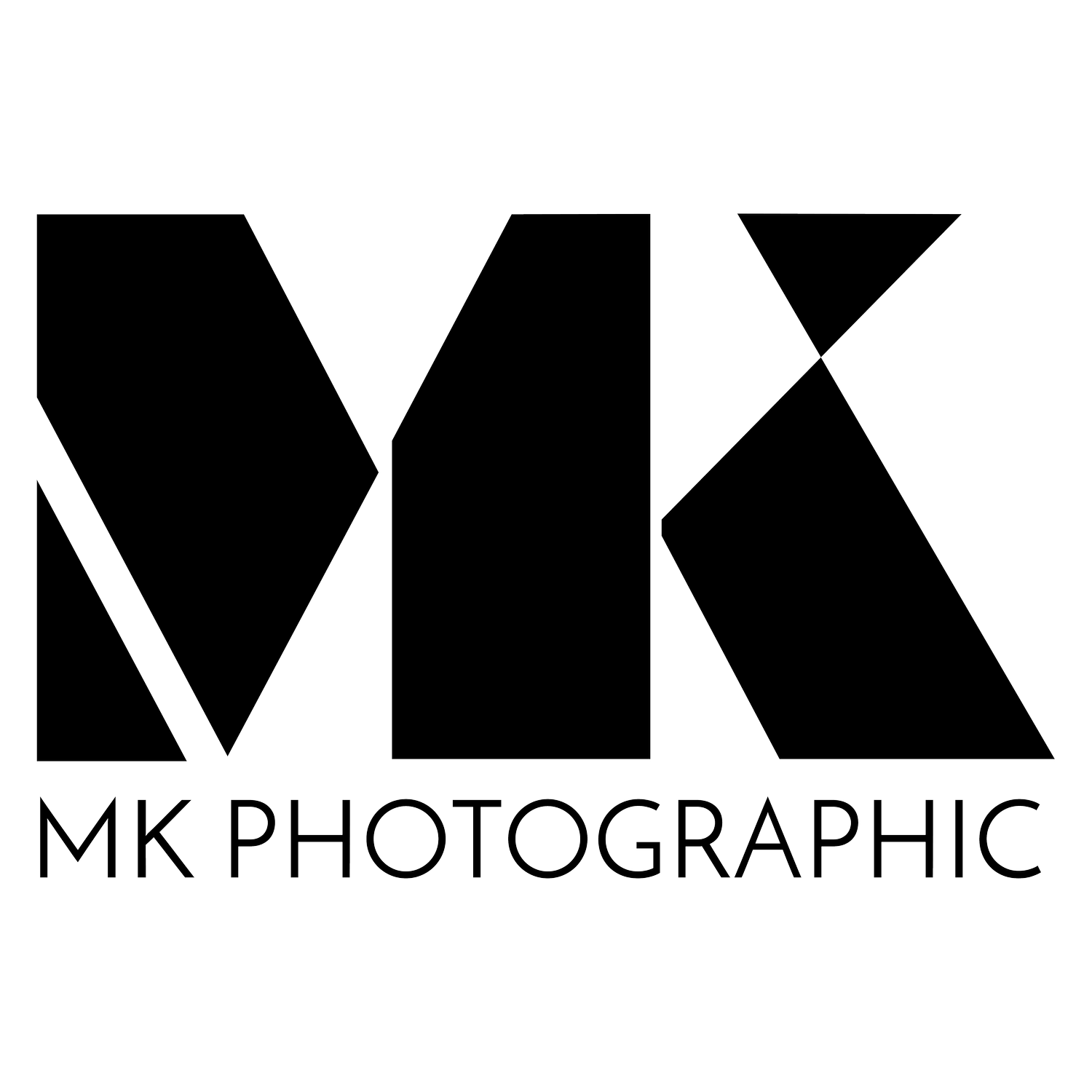10 Reasons Why You Need Me as Your Wedding Videographer
/1. Extensive Experience
With over 10 years of experience in wedding videography, I have honed my skills and expertise to capture your special day in the most beautiful and authentic way possible. My extensive portfolio showcases a wide variety of weddings, reflecting my ability to adapt to different styles and preferences.
2. Storytelling Approach
I focus on telling your unique love story through my lens. By capturing genuine emotions, candid moments, and significant events, I create a narrative that reflects your journey as a couple, making your wedding video a cherished keepsake.
3. High-Quality Equipment
I use state-of-the-art equipment, including 4K cameras, drones, and professional audio gear, to ensure your wedding video is of the highest quality. My investment in top-notch technology guarantees crisp visuals, clear sound, and stunning cinematography.
4. Creative Vision
My creative vision sets me apart. I approach each wedding with fresh ideas and an artistic perspective, ensuring your video is not only a documentation of the day but also a cinematic masterpiece that you’ll be proud to share.
5. Attention to Detail
I pay meticulous attention to every detail, from the intricate lace on your dress to the emotional exchange of vows. This attention to detail ensures that every important aspect of your wedding is beautifully captured and remembered.
6. Professionalism and Reliability
I pride myself on my professionalism and reliability. From our initial consultation to the final delivery of your wedding video, I maintain clear communication, punctuality, and a dedicated work ethic, ensuring a seamless and stress-free experience for you.
7. Customized Packages
I offer customized packages tailored to your specific needs and budget. Whether you want a full-length feature film, a highlight reel, or both, I can create a package that perfectly suits your vision and requirements.
8. Post-Production Excellence
My post-production skills ensure that your wedding video is expertly edited to enhance its visual and emotional impact. I use advanced editing techniques, including color grading, sound design, and music integration, to create a polished and cohesive final product.
9. Passion for Weddings
Above all, I have a genuine passion for weddings and the joy they bring. I am dedicated to capturing the love, laughter, and celebration of your special day, creating a video that you and your loved ones will treasure for years to come.
10. Exceptional Client Reviews
I have a track record of exceptional client satisfaction, as evidenced by numerous glowing reviews and testimonials. My clients consistently praise my ability to capture the essence of their special day, my professionalism, and my dedication to making their wedding video a treasured memory. Choosing me means joining a long list of happy couples who have been thrilled with their wedding videography experience.
Conclusion
Choosing me as your wedding videographer means entrusting your special day to someone who is experienced, creative, and deeply committed to delivering a high-quality and personalized wedding video. Let’s work together to create a timeless keepsake that will allow you to relive the magic of your wedding day for a lifetime.

